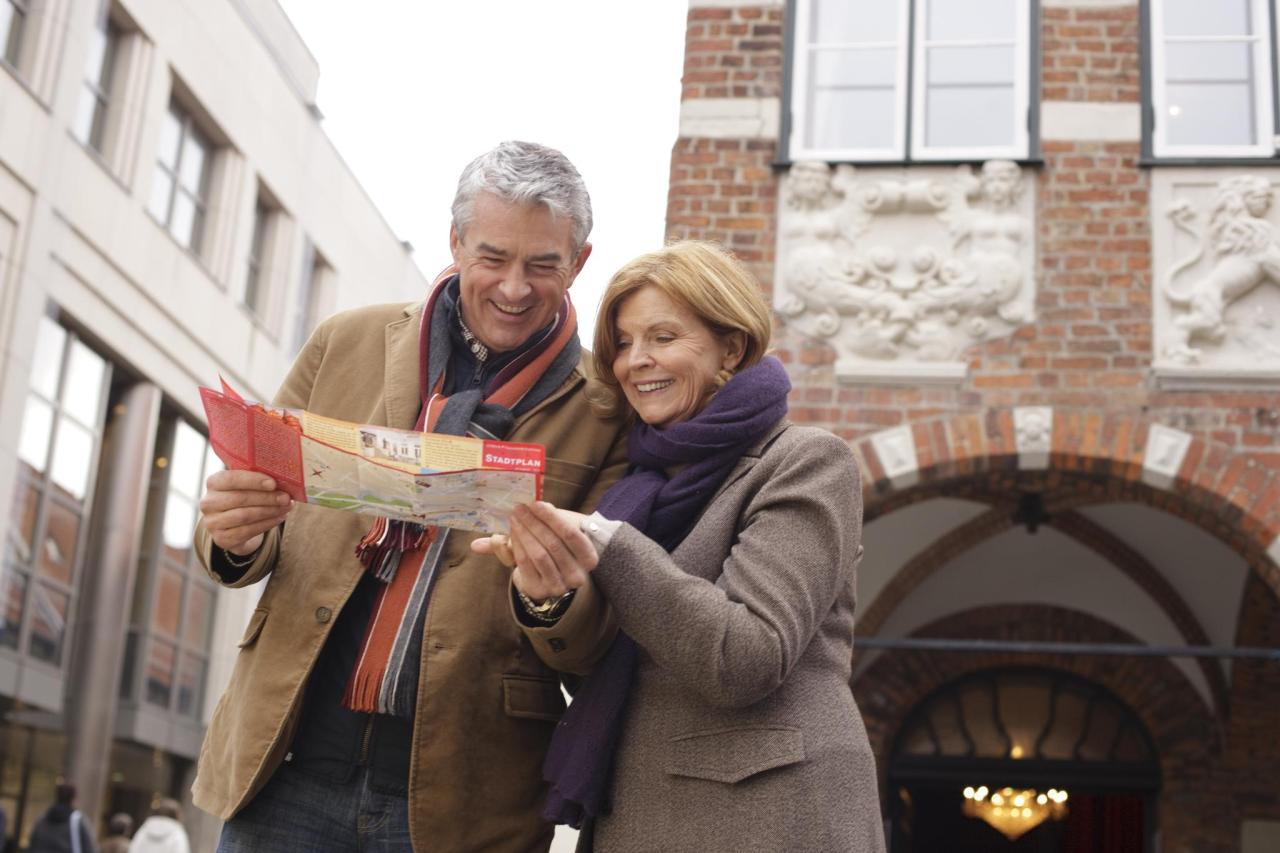European city breaks for solo senior travelers on a budget offer a unique blend of cultural immersion and affordability. This guide explores how to navigate European cities while maximizing your experience and minimizing your expenses. We’ll delve into selecting the right city, finding budget-friendly accommodations, utilizing affordable transportation options, enjoying cost-effective activities and food, and ensuring your safety and security as a solo traveler.
Planning ahead and making smart choices can unlock incredible adventures without breaking the bank.
From charming cobblestone streets to iconic landmarks, Europe presents a wealth of possibilities for the budget-conscious senior traveler. This guide provides practical tips and strategies for planning a memorable and enriching solo trip, emphasizing accessibility, comfort, and value for money. Whether you’re drawn to the vibrant energy of a bustling metropolis or the tranquil charm of a smaller city, we’ll help you craft an unforgettable European adventure tailored to your needs and budget.
Planning a budget-friendly and accessible solo trip requires careful consideration of several factors. Let’s break down how to make your senior solo adventure both enjoyable and affordable.

1. Choosing the Right City
Selecting the right city is paramount. Consider cities known for their accessibility, such as those with flat terrain, well-developed public transportation systems (including readily available elevators in buildings and accommodations), and a manageable size to avoid excessive travel time. Research cities known for being senior-friendly, offering activities like museums with ample seating, manageable walking tours, and a generally relaxed pace of life.
Prioritize cities with good English signage and easily accessible information for tourists. Don’t forget to check for senior discounts on attractions and transportation – these can significantly reduce your overall costs.
2. Budget-Friendly Accommodation

Accommodation doesn’t have to break the bank. Hostels offering private rooms provide a balance of privacy and a social atmosphere, often at a lower cost than hotels. Guesthouses and B&Bs often offer a more personalized experience. Airbnb can be a great option, allowing you to find apartments or rooms in local neighborhoods, but always thoroughly check reviews, paying close attention to accessibility features.
Prioritize locations near public transport to minimize taxi expenses. Actively search for deals and discounts on websites like Booking.com and Expedia, as they frequently offer senior discounts or special promotions.
3. Affordable Transportation
Public transport is your friend! Buses, trams, and metros are generally far cheaper than taxis. Consider purchasing multi-day travel passes for even greater savings. Walking is a fantastic way to explore the city at your own pace and save money. Many cities offer bike-sharing schemes, providing an active and affordable alternative. Finally, research free or low-cost walking tours – a great way to learn about the city and its history.
4. Budget-Friendly Activities & Food
Maximize your experience without overspending. Take advantage of free activities like exploring parks, strolling along rivers, visiting museums offering free admission days, and attending free community events. Packing some snacks and meals will significantly reduce your reliance on restaurants. Look for lunch specials and happy hour deals to enjoy affordable meals. Local markets are treasure troves of fresh produce and inexpensive food options.
Remember to utilize any senior discounts offered at attractions and restaurants.

5. Safety and Security for Solo Travelers
Prioritizing safety is crucial for solo travelers. Share your detailed itinerary with family or friends. Keep your valuables secure, utilizing hotel safes and avoiding ostentatious displays of jewelry. Be mindful of your surroundings, avoiding poorly lit areas at night. Learning a few basic phrases in the local language can enhance your interactions and potentially improve your safety.

Always carry a copy of your passport and other essential documents.
6. Choosing the Right Time to Travel
Timing your trip can significantly impact costs and crowds. Shoulder seasons (spring and autumn) generally offer a sweet spot – fewer crowds and lower prices than peak season. Avoid peak tourist seasons to escape higher prices and overwhelming crowds. Always check the weather forecast to pack appropriate clothing.
7. Planning and Booking
Thorough planning is key. Book flights and accommodation in advance, especially during peak season. Compare prices across multiple websites to secure the best deals. Read reviews meticulously before booking accommodations and tours. Create a list of must-see attractions and activities, but also allow for flexibility in your itinerary – spontaneity can lead to unexpected discoveries!Remember to tailor these tips to your specific needs and preferences.
Happy travels!
Ultimately, experiencing a European city break on a budget as a solo senior traveler is entirely achievable with careful planning and resourcefulness. By prioritizing accessibility, selecting affordable options, and prioritizing safety, you can create a fulfilling and enriching journey. Remember to embrace the unexpected, enjoy the local culture, and cherish the independence of solo travel. With a little preparation, your European adventure awaits!

